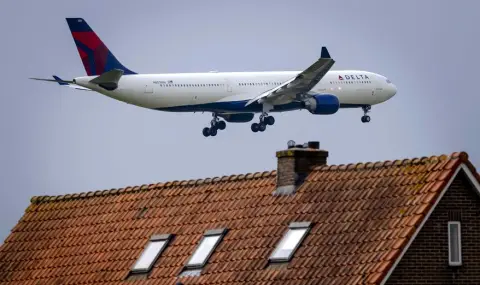The dramatic increase in the number of aircraft in the near future could pose a real threat to airlines, requiring changes to the air traffic control system itself, the Financial Times (FT) newspaper reported, citing experts.
According to estimates by consulting companies Oliver Wyman and Bain, by 2034 the number of passenger aircraft will grow by a third to over 36,000. By then, they will “share the sky“ with over 10,000 electric vertical takeoff and landing (eVTOL) aircraft - flying taxis. Their appearance will significantly complicate traffic control at lower levels of airspace - during takeoffs and landings of aircraft.
In addition, aviation will have to take into account data on thousands of missile launches. A potentially high risk for aircraft is the “uncontrolled re-entry“ of space objects and falling debris. According to Ken Quinn, a partner at the law firm Clyde & Co., a former adviser to the US Federal Aviation Administration (FAA), "the removal of orbital debris is becoming a critical issue for air traffic safety and control." "This is a growing threat to commercial aviation and requires better management," he said.
"More and more users with more vehicles want to use the airspace," said Eduardo Garcia, a representative of the Civil Air Navigation Services Organization (CANSO). And the services provided by the organization will have to be, he said, "significantly changed."
He also believes that there may come a time when there are too many aircraft to be managed using traditional air traffic control systems. Garcia sees automation as a likely answer to this situation. "There is a limit to the human cognitive ability to control different vehicles moving at different speeds in increasingly congested airspace." In such a situation, "more automation and artificial intelligence will be needed." to support the work of specialists, the expert specified.
